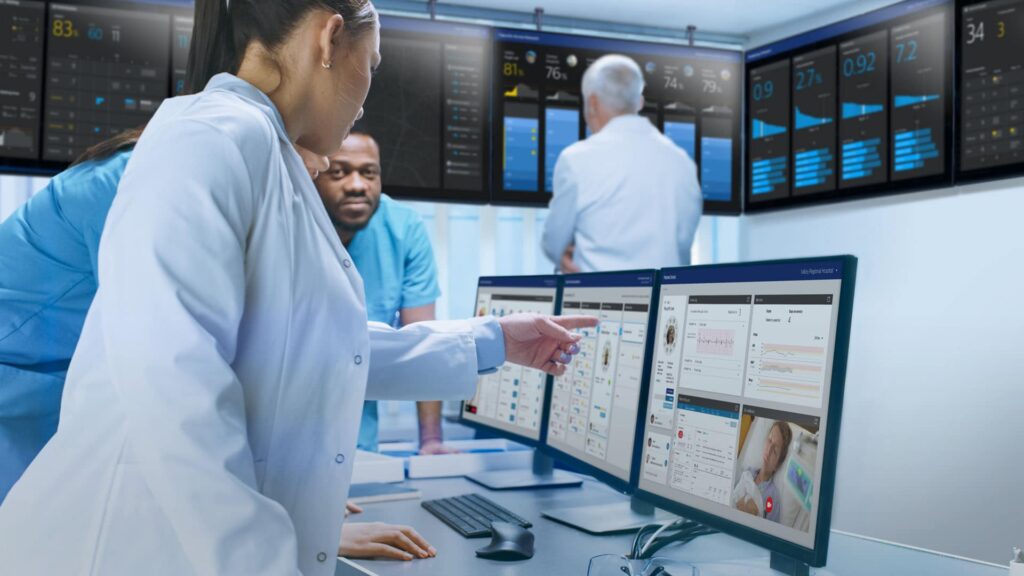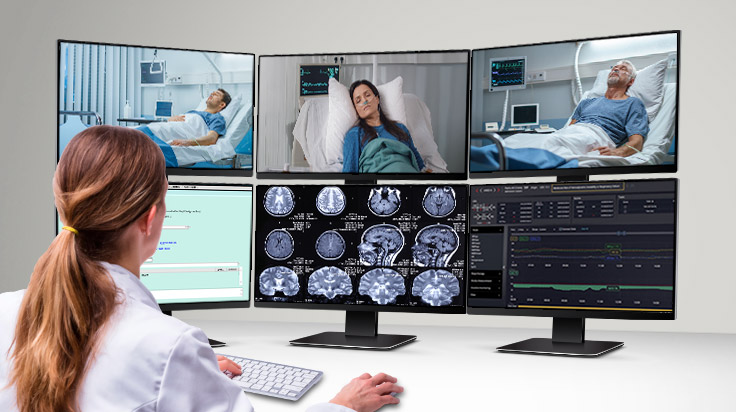
In recent years, advancements in technology have revolutionized the healthcare industry, introducing innovative solutions to improve patient outcomes.
One such groundbreaking development is the implementation of tele ICU services, a remote monitoring system that brings intensive care expertise to patients in various healthcare settings.
This article explores the myriad benefits of tele ICU services and their positive impact on patient care.
Immediate Access to Critical Care Experts

Source: theshift.usacs.com
One of the primary advantages of tele ICU services is the ability to provide immediate access to critical care experts regardless of the patient’s physical location.
Through real-time video and audio communication, intensivists can remotely assess patients, collaborate with on-site healthcare teams, and make informed decisions promptly.
This rapid response can be crucial in emergencies, significantly improving patient outcomes.
Continuous Monitoring for Early Detection
Tele ICU services enable continuous monitoring of patients, allowing healthcare professionals to detect subtle changes in vital signs and intervene promptly.
This early detection of potential complications can prevent the escalation of critical conditions, leading to better patient recovery and reduced mortality rates.
The round-the-clock surveillance also enhances the overall quality of care, fostering a proactive approach to managing patients in intensive care units.
Optimized Resource Utilization

Source: philips.com
By leveraging tele ICU services, hospitals can optimize the utilization of scarce critical care resources. Remote intensivists can oversee multiple ICU beds simultaneously, ensuring that expert care is available to a larger number of patients.
This not only addresses staffing challenges but also helps in maximizing the efficiency of existing healthcare infrastructure, ultimately benefiting a broader patient population.
Reduced Length of ICU Stay
Studies have shown that tele ICU services contribute to a reduction in the length of ICU stays for patients.
The continuous monitoring and timely interventions facilitated by remote intensivists can expedite the recovery process, enabling patients to transition out of the ICU faster.
This not only benefits the individual patient but also frees up ICU beds for other critically ill individuals, addressing the ongoing demand for intensive care services.
Enhanced Collaboration and Training

Source: aver.com
Tele ICU services promote collaboration among healthcare professionals, fostering a multidisciplinary approach to patient care. Remote intensivists can share their expertise with on-site teams, leading to knowledge exchange and skill development.
This collaborative environment enhances the overall competency of healthcare providers, positively impacting patient care not only in the ICU but throughout the healthcare facility.
Cost-Effective Healthcare Delivery
Implementing tele ICU services can result in cost savings for healthcare institutions. By efficiently utilizing resources, reducing the length of ICU stays, and preventing complications through early detection, hospitals can achieve a more cost-effective model of care delivery.
This cost efficiency can be particularly beneficial in healthcare systems facing budget constraints, allowing for improved patient care without compromising financial sustainability.
Improved Patient and Family Engagement

Source: hitconsultant.net
Tele-ICU services not only focus on enhancing medical interventions but also prioritize patient and family engagement. Remote connectivity allows for transparent communication between healthcare providers, patients, and their families.
Through virtual consultations, family members can stay informed about the patient’s condition, treatment plans, and prognosis. This increased transparency fosters a sense of trust and involvement, empowering families to actively participate in the decision-making process.
Conclusion
Tele ICU services represent a transformative approach to critical care that brings specialized expertise to the bedside through remote monitoring and communication.
As technology continues to advance, tele ICU services are poised to play an increasingly vital role in shaping the future of intensive care and redefining the standards of patient care across diverse healthcare settings.
